Property Week and Freeths brought together a panel of experts to discuss whether occupiers care about in-building technology, how to measure value for money and building valuations.
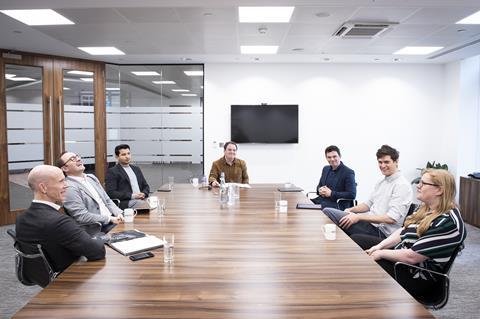
Panel of experts
Tom Cheesewright, futurist
Harri John, digital advisory lead, strategic advisory, CBRE
William Newton, president, WiredScore
Anthony Peter, development director, Argent
Darren Williamson, national head of real estate, Freeths
Othmane Zrikem, chief data officer, A/O Proptech
Simon Creasey, contributing editor (features), Property Week (chair)
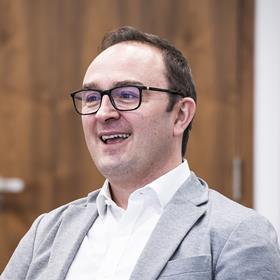
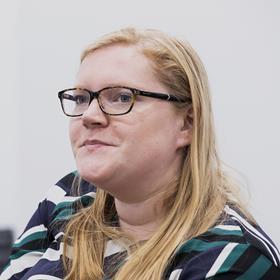

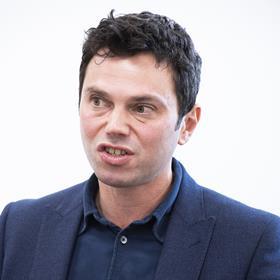
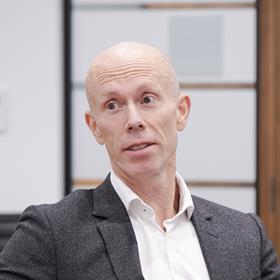

Do occupiers really care about in-building technology and connectivity?
Newton: No, they absolutely don’t. What occupiers want are the benefits that they can get from technology; they don’t want technology. If you go and say to them ‘do you want this bit of kit or this bit of kit?’ they will give you a blank look. But if you say to them ‘do you want an inspirational tenant experience, do you want a sustainable building, do you want a future-proofed building, do you want a building that promotes wellness?’ then people say ‘yes, those are the things that I want’, and those are the things that can be brought to a building, or to a place, thanks to technology.
So I think framing the question around technology is sort of the wrong starting point. You have to start from the perspective of what people want in this space, and then how we can provide that for them. I am incredibly bullish about technology in real estate, but it has to be a path that is taken carefully and gently because if you get it wrong, you will end up in the trough of disappointment because you have not built the technology that people actually wanted; or maybe you have but you have not told them how to use it properly.
Peter: We start from the outside before we think about the buildings themselves, so it is all about the place. Typically, our projects are big, complex redevelopments and so the question we ask ourselves is ‘what is the right tech or digital layer that enhances a place and what makes people want to come to a place’, because ultimately that placemaking is what drives value more than anything else.
It is not about the individual building design or the architecture or what you put inside the building; it is about making people want to come somewhere. So the big question if you are looking to invest and you have a finite pot of resource is: what is the best way of putting that finite resource into a place to make it a better place that is attractive? Is that bricks-and-mortar? Is it the public realm? Or is it this digital layer, which is slightly ephemeral? That is the question that we spend a lot of time grappling with and trying to prove to ourselves where the real value is.
John: When we’re talking to our clients, we always say ‘outcomes not solutions’. We talk about the ‘PHE’ – the physical human elements. Digital is the enabler of those strategies and digital always needs to be solving a problem. I’ve got clients who come to me and say ‘I want a smart building’. And I say ‘do you? What is a smart building? Why do you want one?’ and they will respond ‘because it sounds cool’. And you know that is set up to fail, because they don’t know what challenge they are trying to solve and as soon as you do tech for tech’s sake, it is going to fail. It is all about the people and understanding the end-user. It is not really about the occupier; it is about the people who work for the occupier.
Williamson: Your question is ‘do occupiers care?’ Well, we are an occupier. We occupy 12 units across the country as Freeths LLP, each slightly different. For us, it is not really a question of whether the occupiers [we] care; it is the layer back beyond that. It is about what our staff and our clients want – they are the ones pushing the agenda. It is grassroots up. Staff are saying to us: ‘We can work from home and unless the office is a great place to go, I don’t want to go there.’
Zrikem: Something we have seen changing over the last couple of years is the fact that people are listening not only to the tenant’s voice but the voice of the tenant’s employees. You have this kind of new approach, which is: ‘I want to service my end-customer and my end-customer is the employees.’ You want to provide a really good working environment and real estate is part of the experience, but it is definitely not the only part because you are also going to have people who are going to say: ‘If the IT system for my company is so bad and I intend to work remotely part-time, then whatever office you have I am not going to come to this job because I am not going to be able to work the way I want to work.’
Occupiers want the benefits that they can get from technology; they don’t want technology
William Newton
Cheesewright: There is a massive hype reality gap that you always have to pay attention to and it is true across every industry that I work in. It is very tempting as a futurist to put on a loud shirt and tap dance about how ‘the world’s driven by AI’, but actually most of the world isn’t. You hear people talk about ‘smart building this and smart building that’ and the leading-edge [developers] are all building to these standards. However, 90% of the market doesn’t yet give a damn. But they will give a damn, especially after what has happened over the last 18 months or so due to Covid, which catalysed all sorts of changes, particularly in terms of the flight to quality.
How do you establish whether a particular piece of technology offers value for money and affects the valuation of a building?
Newton: We have done super-detailed analysis of this using third-party organisations, which have done matched peer sets. So they have matched buildings identically for size, age, access to transport etc, and the only differentiator has been whether or not one building is WiredScore accredited and there is about a 4.9% differential on rent, which is a meaningful difference and will ultimately feed into valuations.
John: We look at technology as adding value in four key areas: efficiency, sustainability, productivity and experience. And you always need metrics or points of difference for each of those areas. Efficiency could be cost efficiency. Sustainability could be: ‘Is it reducing my carbon, is it improving my overall sustainability credentials, is it enabling me to do other things?’
Technology adds value in four areas: efficiency, sustainability, productivity and experience
Harri John
Then you have productivity and experience. For a lot of occupiers, looking at how technology has improved the dialogue around people wanting to come into the office and people’s feelings about the office are intangible benefits, but they are really important – you cannot put a price on them.
Williamson: It is all about alignment. The developer, occupier and potential future purchaser all need to be on the same page. If you can put a drone delivery Skyport on the top of a building that you can rentalise and you know you are going to get more yield for that, then as a developer you are going to put it in if a low cost. From an occupier’s point of view, they are going to think: ‘This is fantastic. DPD can deliver right to my door.’ And then from a buyer’s perspective, they think: ‘This is great. I’m going to get more diversity of income on the building.’ It is aligned and it works. If it is not aligned, it is a problem.
What technology do you think currently offers the best value for money?
Peter: Enabling technology. It is the things that allow you to make decisions in the future that create opportunity. So phenomenal connectivity is the most important thing and everything else follows from that.
Cheesewright: The key thing is adaptability because you don’t know what the connectivity requirements are going to be in the future, so you need to build [buildings] with that in mind. Make sure you have got appropriately sized ducting and that it is accessible and you can upgrade when you need to because you probably will need to.
Zrikem: If we look at value for money in the short term, I will go with EMS – energy management systems. But connectivity is a true game-changer because you want to be able to enable all those AI and IoT [internet of things] applications. If you do not have that, you will not have anything. So in the long run, connectivity is something that is definitely needed and will give you value for money.































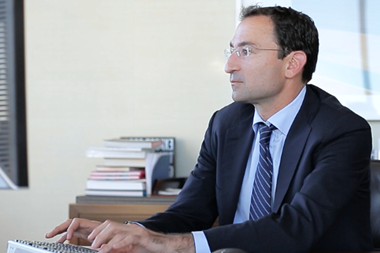
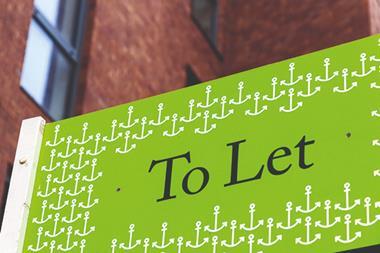
No comments yet